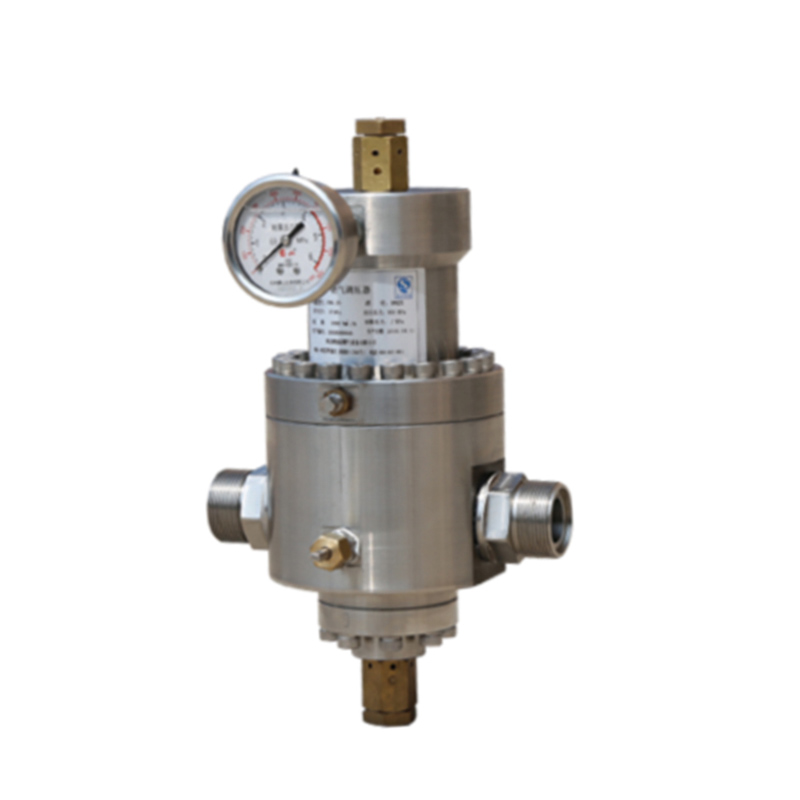
Jul . 18, 2024 00:49
Back to list
Gas heat exchange system design for efficient energy transfer and temperature regulation.
Heat exchangers are devices that are used to transfer heat between two or more fluids. One of the most common types of heat exchangers is the gas heat exchanger, which is used to transfer heat between gas streams. Gas heat exchangers play a vital role in numerous industrial processes, including power generation, chemical processing, and refrigeration.
Gas heat exchangers work by allowing two gas streams to flow in close proximity to each other without mixing. The heat is transferred from one gas stream to the other through a solid surface that separates the two streams. This solid surface is typically made of a material that conducts heat well, such as copper, stainless steel, or aluminum.
.
In a shell and tube heat exchanger, one gas stream flows through a series of tubes while the other gas stream flows around the outside of the tubes in a shell. Heat is transferred from the hot gas stream to the cold gas stream through the walls of the tubes. This type of heat exchanger is highly efficient and is commonly used in applications where a large amount of heat transfer is required.
مبادل حراري للغاز

Plate heat exchangers are another common type of gas heat exchanger. In a plate heat exchanger, the gas streams flow through a series of plates that are stacked on top of each other. Heat is transferred between the gas streams through the walls of the plates. Plate heat exchangers are compact and can be easily cleaned, making them ideal for applications where space is limited.
Finned tube heat exchangers are often used in applications where one gas stream is at a significantly higher temperature than the other gas stream. In a finned tube heat exchanger, the heat transfer surface is extended by attaching fins to the outside of the tubes. This increases the surface area available for heat transfer and improves the efficiency of the heat exchanger.
Gas heat exchangers play a crucial role in many industrial processes by allowing for the efficient transfer of heat between gas streams. By using the principles of heat transfer, gas heat exchangers help to reduce energy consumption, improve process efficiency, and minimize environmental impact. As technologies continue to advance, the design and efficiency of gas heat exchangers will continue to improve, allowing for even greater energy savings and process optimization.
Latest news
-
Safety Valve Spring-Loaded Design Overpressure ProtectionNewsJul.25,2025
-
Precision Voltage Regulator AC5 Accuracy Grade PerformanceNewsJul.25,2025
-
Natural Gas Pressure Regulating Skid Industrial Pipeline ApplicationsNewsJul.25,2025
-
Natural Gas Filter Stainless Steel Mesh Element DesignNewsJul.25,2025
-
Gas Pressure Regulator Valve Direct-Acting Spring-Loaded DesignNewsJul.25,2025
-
Decompression Equipment Multi-Stage Heat Exchange System DesignNewsJul.25,2025

